Seashore Foraging in The South West
Seashore Foraging in The South West
In our book, there’s not much that sounds better than bivvying on a beach, after a long day walking under the summer sun, and then foraging seafood and cooking it fresh from the ocean. If that also sounds good to you then read on!
In this blog, we will be looking at seashore foraging in the South West, specifically Dorset (where Wildway Bushcraft is based) and neighbouring county Devon. Remember though, as with any type of foraging, never eat anything that you have not positively identified as safe.
Read on to learn more about seashore foraging in Dorset and Devon. As always please feel free to read the whole blog or skip to the section that interests you the most.
- An intro to seafood foraging
- Special considerations of seashore foraging
- Seashore plants in Devon, Dorset and the South West
- Seashore foraging: seafood
- Further reading
An intro to seafood foraging
The bushcraft skill of foraging is often thought to only apply to the berries and plants that can be found in the woods and hills of Britain. However, as those of us who are lucky enough to live by the coast know, foraging also extends to ocean and the seashore.
As with all types of foraging it is important that when foraging on the seashore you treat the environment with respect. This means never taking more than you need and minimising your impact on the area.
Learn more about foraging, shelter building, fire lighting
and much more on our
weekend bushcraft course.
Special considerations of seashore foraging
Seashore foraging brings with it special considerations. These considerations are as important as typical bushcraft foraging concerns such as correctly identifying plants and shrubs before eating them.
Get as much information as possible
When it comes to seashore foraging it is vital to get as much information as possible on the cleanliness of the area. The best place to get information on the cleanliness of the area is to speak to the environment agency. To find out more about the cleanliness of the bathing water in your area click here.
Choose the right time
Foraging in the woods or on the river banks of the UK does require you to do so at the correct season (though it is possible to forage for certain plants in winter). When it comes to foraging on the seashore though, you need to be a little more precise. While there are seasonal considerations when it comes to seashore foraging there are also hourly considerations as the best time to go seashore foraging is at low-tide. Be sure to also keep an eye on the weather and take a map with you to avoid getting trapped on the beach if the tide comes in.
Tide timetables can be found:
Via the BBC website
http://www.bbc.co.uk/weather/coast_and_sea/tide_tables/10
Via the MET Office
https://www.metoffice.gov.uk/public/weather/tide-times/
Seashore plants in Devon, Dorset and the South West
The coastline of Devon and Dorset is a wonderful place for seashore foraging. There are a wide variety of plants and animals that can be found along the coastline, a few of these are listed below.
- Marsh Samphire
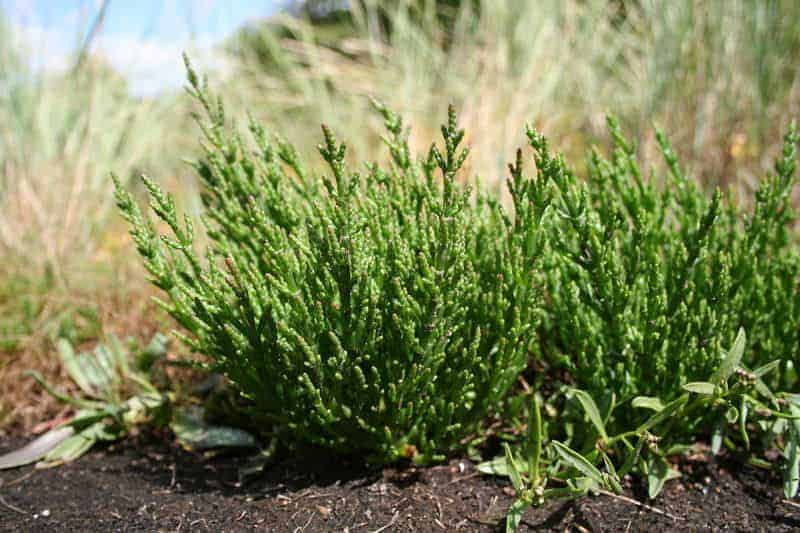 Marsh Samphire, also known as Glasswort, can be found along the coastline in July/August. It is typically found around mud flats and coastal salt marshes. The plant is best eaten steamed and then coated in olive oil or butter. It’s also delicious when stuffed into mackerel (more on fish later on). The plant has a high salt content so don’t add any extra salt when cooking!
Marsh Samphire, also known as Glasswort, can be found along the coastline in July/August. It is typically found around mud flats and coastal salt marshes. The plant is best eaten steamed and then coated in olive oil or butter. It’s also delicious when stuffed into mackerel (more on fish later on). The plant has a high salt content so don’t add any extra salt when cooking! - Sea Lettuce
 Sea lettuce is a commonly eaten raw in salads or made into soups. It is commonly found around most of the UK coastline and is very high in protein and iron. Be aware though that the plant is susceptible to contamination, therefore you should avoid foraging it from areas where there is a chance of contamination, particularly from toxic heavy metals.
Sea lettuce is a commonly eaten raw in salads or made into soups. It is commonly found around most of the UK coastline and is very high in protein and iron. Be aware though that the plant is susceptible to contamination, therefore you should avoid foraging it from areas where there is a chance of contamination, particularly from toxic heavy metals. - Sea Oarweed
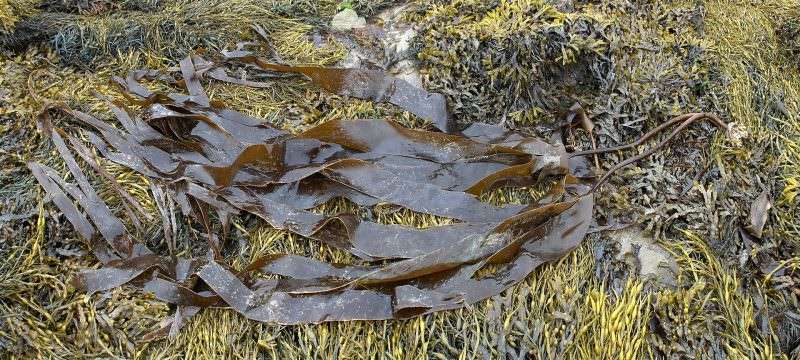 Part of the ‘Kelp’ family of seaweed, Oarweed grows in dense beds and can be found attached to rocky beds in depths of up to twenty metres. It is most at home in strong currents and is often exposed to the seashore forager at times of low-tide. Remember that Kelp beds are an important habitat for all kinds of marine life – so be sure not to pick any more than you need.
Part of the ‘Kelp’ family of seaweed, Oarweed grows in dense beds and can be found attached to rocky beds in depths of up to twenty metres. It is most at home in strong currents and is often exposed to the seashore forager at times of low-tide. Remember that Kelp beds are an important habitat for all kinds of marine life – so be sure not to pick any more than you need.
Useful resources
If you’re looking for more information on seashore foraging then Collins Pocket Guide to the seashore is a great place to start. Find the book here.
Learn more about foraging, shelter building, fire lighting and much more on our
weekend bushcraft course.
Seashore foraging: seafood
Edible plants aside, there are plenty more foods to be found down by the seashore. Read on to learn more about the seafood that you can forage for in the UK.
Mussels
Mussels are fairly common in and around the South West, particularly in Devon. Found between the low and high water marks on the rocks themselves mussels are a tasty morsel but need to be treated carefully. Rinse them carefully once you’ve collected them and cook them gently in boiling water, on a rolling boil, discard any mussels that have not opened after they have been boiled.
Cockles
The common cockle is a seashore delicacy that is often found throughout the South West. Cockles are filter feeders that are most commonly found on muddy or sandy shores near estuaries. Be very careful when eating them as they will absorb any contaminants in the water around them.
Winkles
Winkles are commonly found in rockpools throughout the UK – making them ideal for seashore foraging. Found in the tidal zone around beaches winkles need to be thoroughly washed and boiled for around five minutes before being eaten – remove the flesh from the shell and roll in olive oil for a tasty snack.

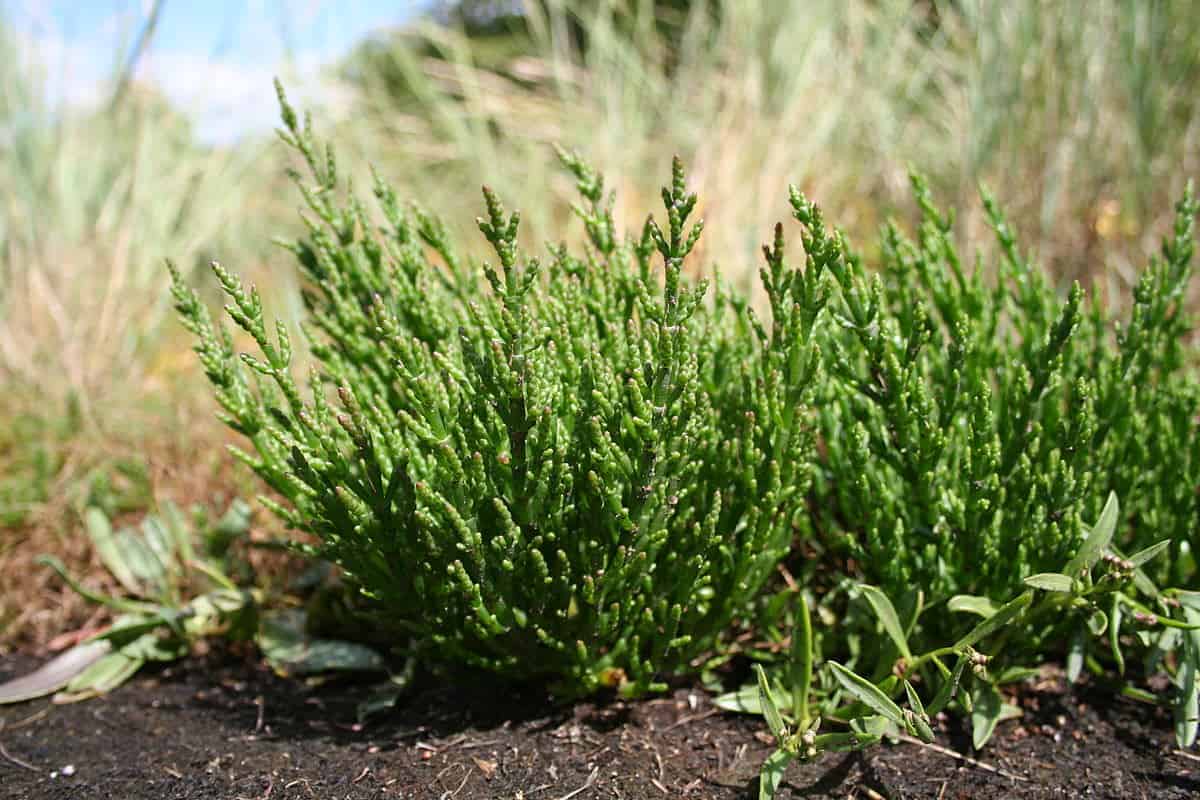
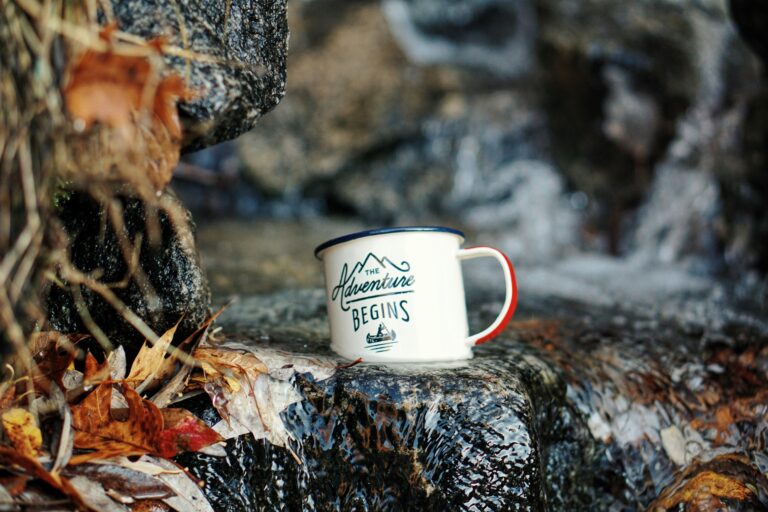
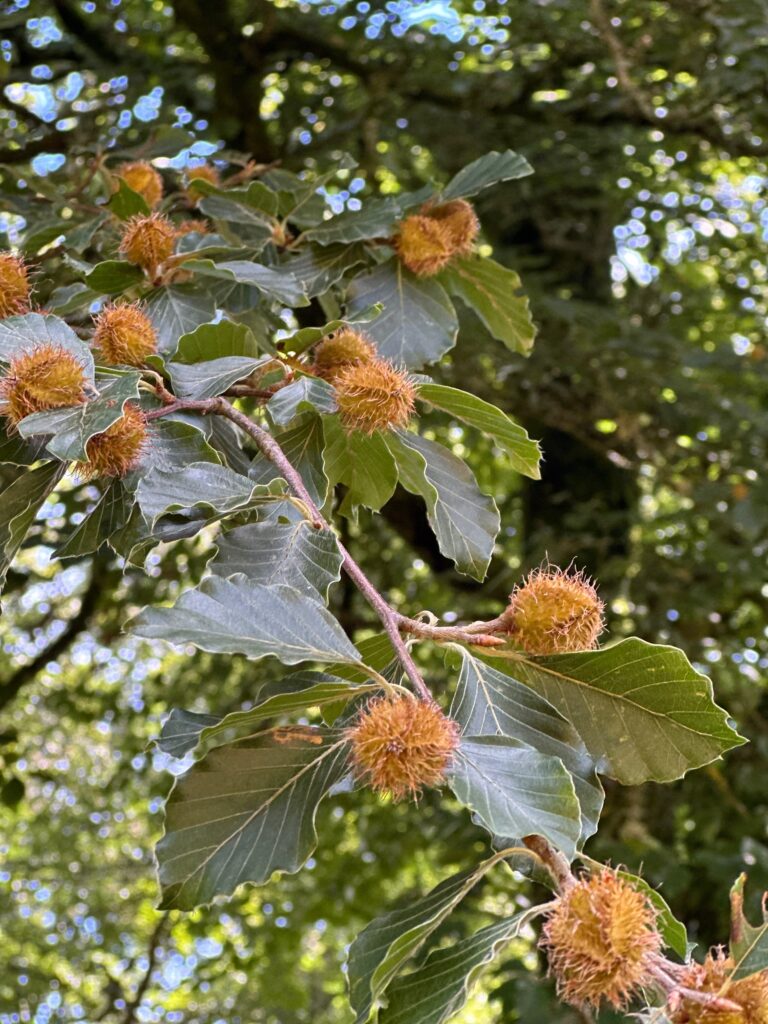
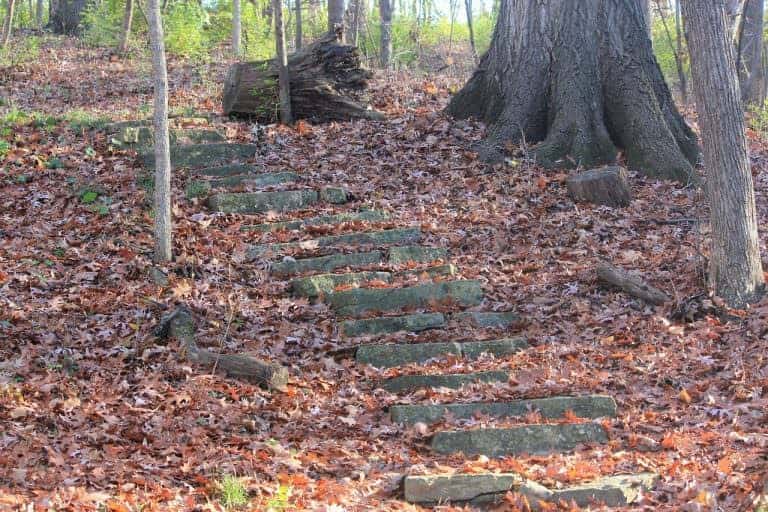
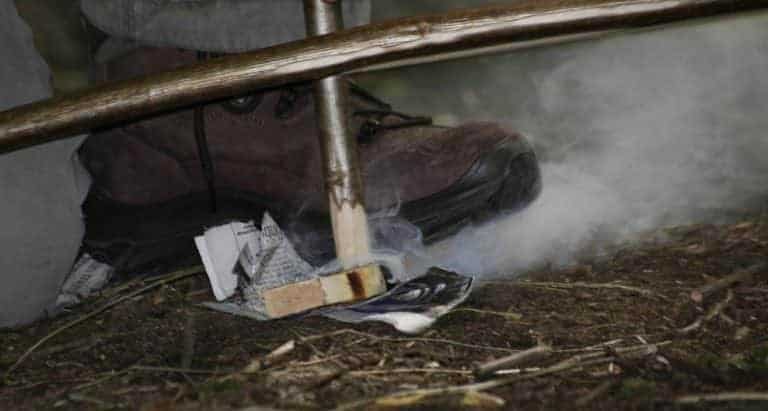
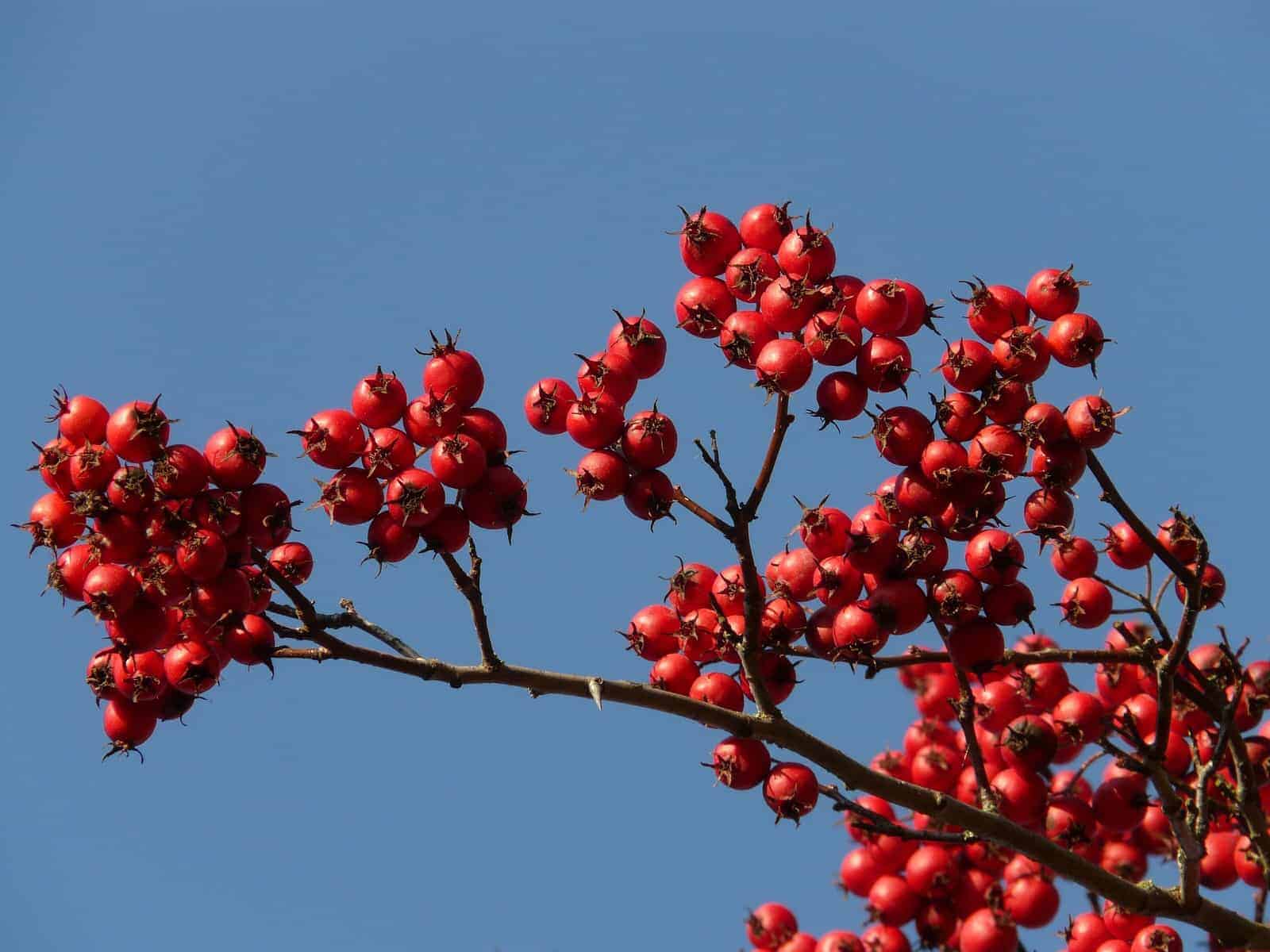
A mass of really good information here guys thank you very much. I look forward to foraging this year.